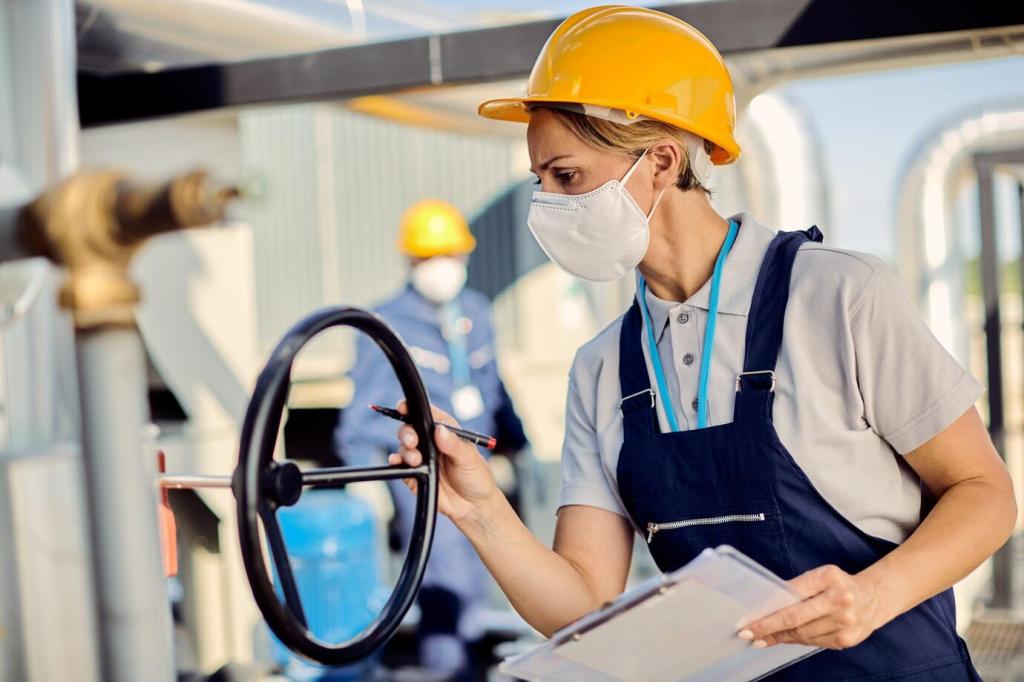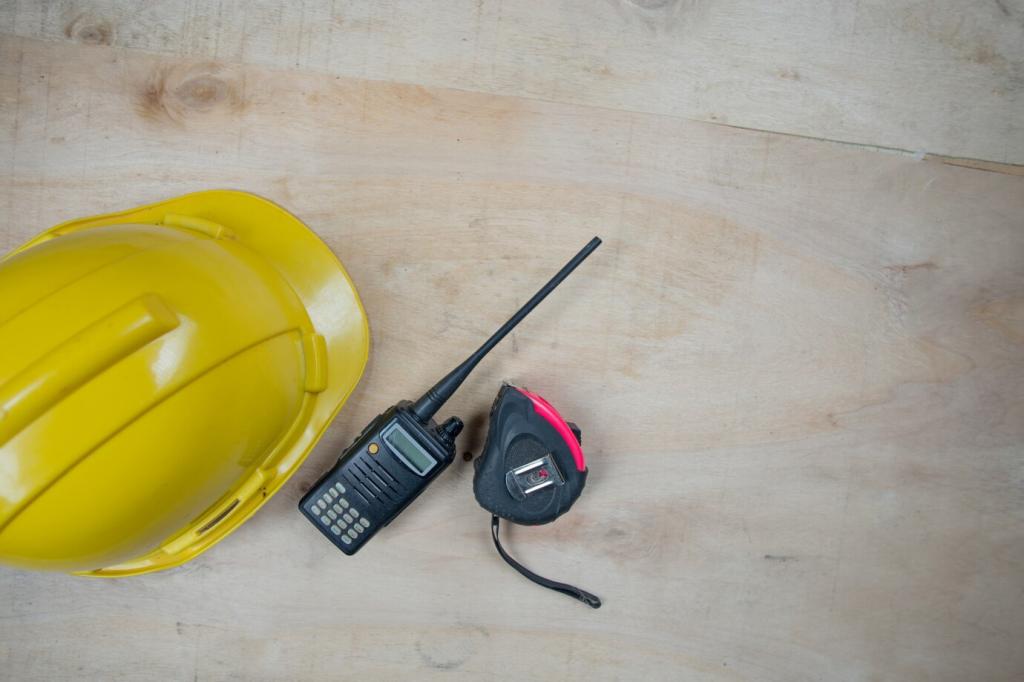Edge Deployment: Real-Time Intelligence Where It Counts
Between sensor readout, pre-processing, inference, tracking, and planning, every millisecond matters. Designing asynchronous pipelines and early exits tightens reaction time. How do you measure end-to-end latency under real traffic loads, and where do you see the biggest wins?
Edge Deployment: Real-Time Intelligence Where It Counts
Aggressive quantization can erase faint silhouettes. Layer-wise sensitivity analysis, mixed-precision inference, and knowledge distillation preserve critical nighttime features. Tell us which calibration dataset you rely on to maintain recall when pruning away precious FLOPs.





